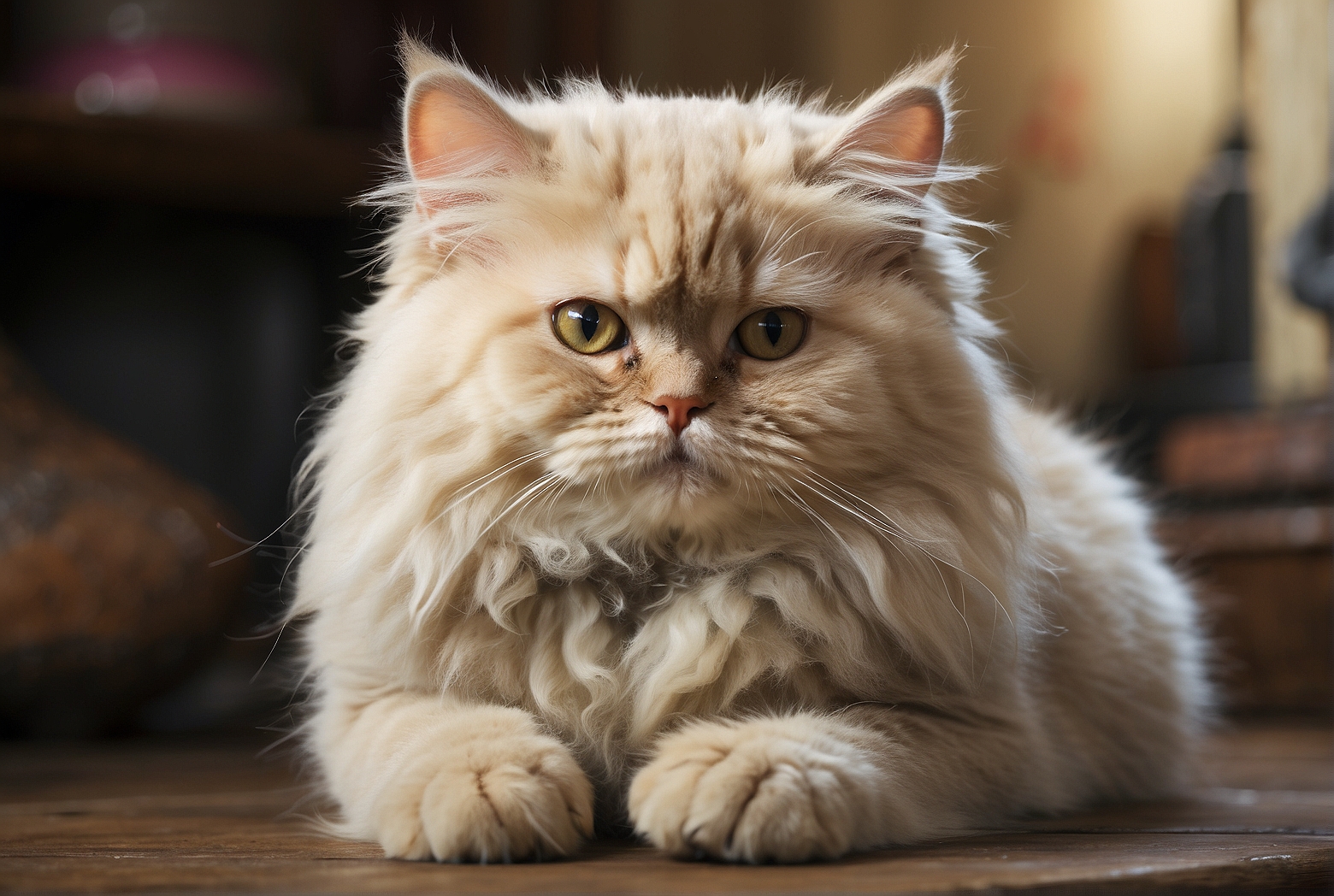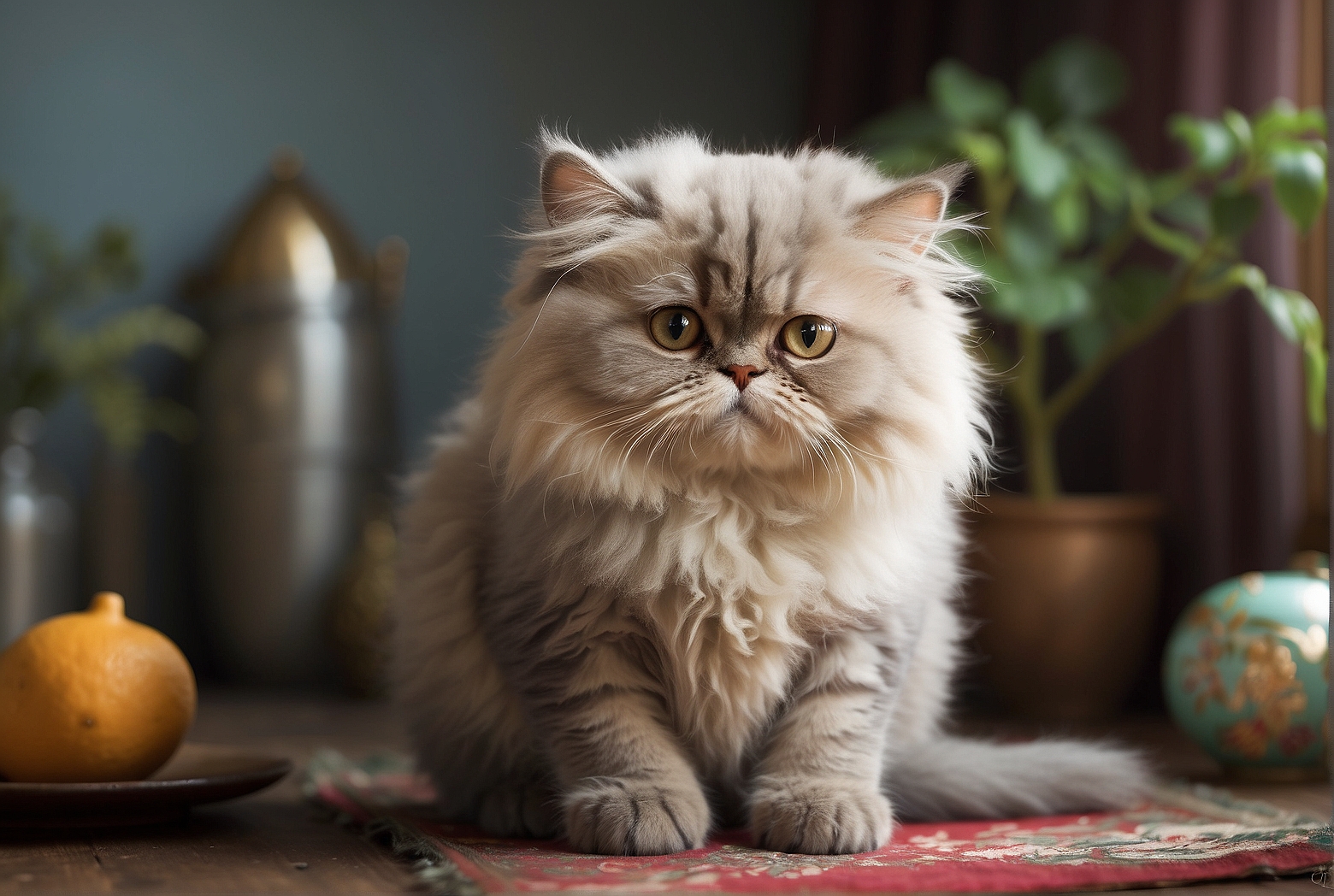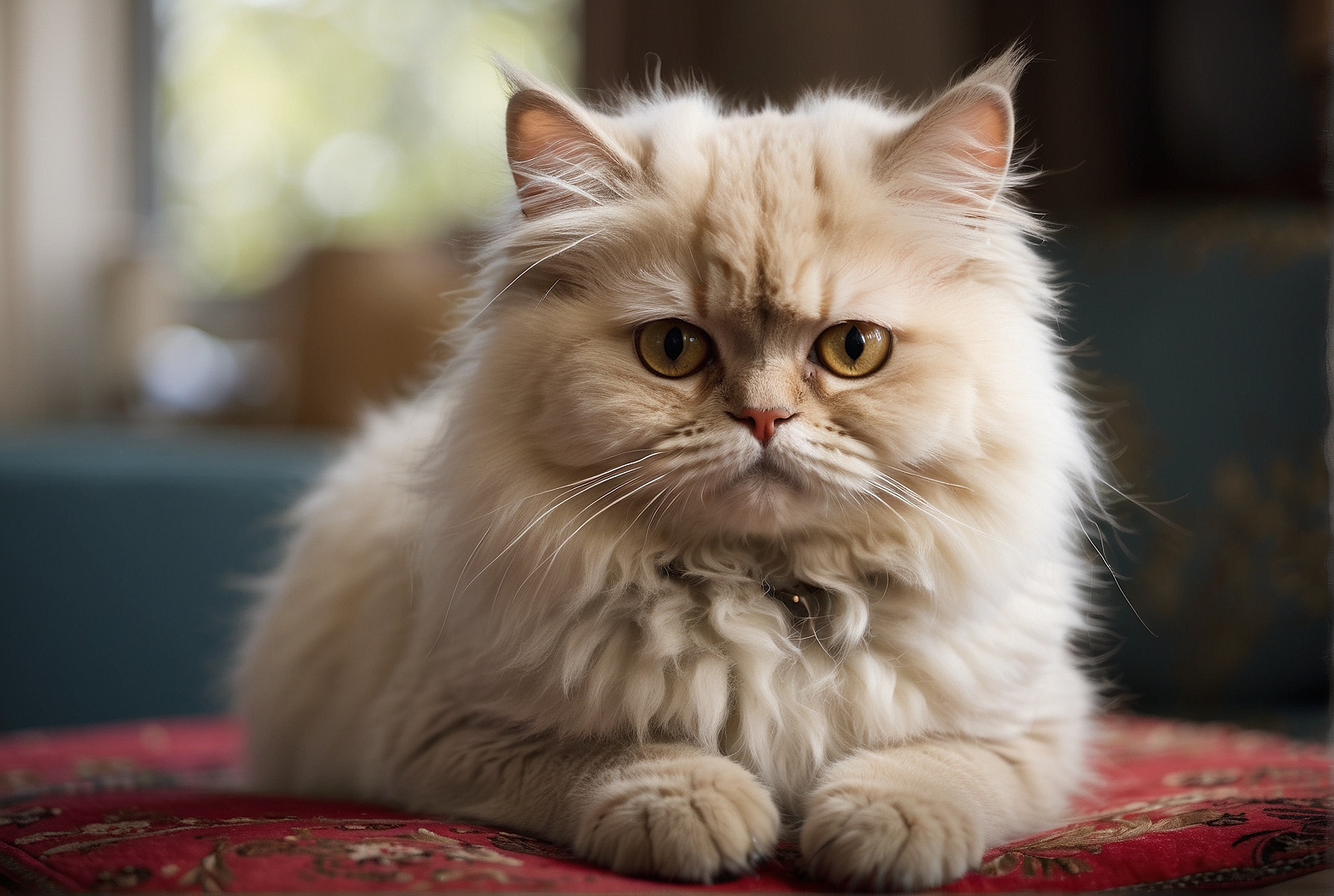Are you a proud owner of a Persian cat or considering getting one? Well, it’s important to know when these fluffy felines reach their full size. If you’ve ever wondered, “When do Persian cats stop growing?” we’ve got the answer for you. Understanding the growth stages of these majestic creatures is essential for their overall well-being. So, let’s delve into the fascinating world of Persian cats and discover when they reach their final form.
Physical Growth of Persian Cats
Persian cats are known for their luxurious long coats, sweet temperament, and stunning appearance. As cat lovers, it’s important to understand the growth process of Persian cats to ensure they receive the proper care and attention they need. In this article, we will explore the typical growth period of Persian cats, when they reach their full size, and the various factors that can affect their growth.
Typical Growth Period
First Few Weeks
The first few weeks of a Persian cat’s life are crucial for their growth and development. During this time, they rely entirely on their mother for nourishment and protection. Kittens are usually born with their eyes closed and are unable to walk. However, within the first week, their eyes start to open, and they begin to explore their surroundings. By the end of the second week, they should gain enough strength to start walking and playing with their littermates.
First Year
During the first year of a Persian cat’s life, they experience significant growth and development. They go through various growth spurts, and it’s important to provide them with a balanced diet that meets their nutritional needs. Regular veterinary check-ups are essential during this period to monitor their growth and ensure they are healthy. Kittens should be gradually weaned off their mother’s milk and introduced to solid food by the age of four to six weeks.
Continued Growth Until Maturity
After the first year, Persian cats continue to grow at a slower rate until they reach their full maturity. The growth rate varies between individual cats, but most Persian cats reach their adult size between the ages of two to four years. It’s important to note that the growth rate may differ for different lines and variations within the Persian breed.
When Persian Cats Reach Their Full Size
Age of Maturity
As mentioned earlier, Persian cats usually reach their full size between the ages of two to four years. However, it’s essential to understand that every cat is unique, and some may take a bit longer to reach their full size. It’s important to monitor their growth regularly and consult with a veterinarian to ensure they are developing as expected.

Size Differences between Males and Females
In general, male Persian cats tend to be larger than their female counterparts. Male cats tend to have a more muscular build and a broader head, whereas female cats tend to be smaller and more delicately built. However, these size differences are not absolute, and there can be variations within each gender.
Individual Variations in Growth
Just like humans, Persian cats may experience individual variations in their growth. Some cats may have growth spurts and reach their full size earlier, while others may have a slower growth rate. These variations can be influenced by genetics, nutrition, health, and environmental factors.
Factors Affecting Growth
Genetics
Genetics play a significant role in the growth rate and final size of a Persian cat. The genes inherited from their parents determine their overall body structure, including their size, bone density, and muscle development. Breeders often select cats with desirable traits to produce offspring with similar characteristics.
Nutrition
Proper nutrition is crucial for the healthy growth and development of Persian cats. A diet rich in essential nutrients, such as high-quality protein, vitamins, and minerals, is essential to support their growing bodies. It’s important to choose a balanced cat food specifically formulated for kittens and transition to adult cat food as they reach maturity.
Health and Care
Regular veterinary check-ups are essential for monitoring a Persian cat’s growth and overall health. Vaccinations should be kept up to date to protect them from common feline diseases. Parasite control, such as deworming and flea prevention, is also important to ensure they are not affected by external or internal parasites. Additionally, regular grooming is necessary to maintain the health and appearance of their luxurious coat.
Environmental Factors
The environment in which a Persian cat lives can impact their growth and development. A spacious living area allows them to move around freely and engage in physical activities, promoting healthy growth. Stress levels can also affect their growth, as prolonged stress can lead to poor appetite and stunted growth. Exposure to other animals, whether positive or negative, can also impact their growth and overall well-being.

Importance of Monitoring Growth
Detecting Potential Health Issues
Monitoring a Persian cat’s growth is crucial for detecting potential health issues at an early stage. If a cat’s growth rate deviates significantly from the average, it may indicate an underlying health problem. Regular weigh-ins and visual observations can help identify any abnormalities and allow for timely intervention.
Preventing Obesity
Obesity is a common issue among Persian cats and can have severe health consequences. Monitoring their growth and ensuring they receive a balanced diet can help prevent weight gain and maintain a healthy body condition. It’s important to provide them with appropriate portion sizes and engage them in regular exercise to keep their weight in check.
Promoting Healthy Development
By monitoring a Persian cat’s growth, we can ensure they are on track for healthy development. Providing them with proper nutrition, veterinary care, and a stress-free environment sets the foundation for a happy and healthy life. Regular monitoring allows us to make any necessary adjustments to their care and address any potential issues promptly.
Conclusion
Understanding the growth process of Persian cats is essential for providing them with the care they need. From the first few weeks of their life to reaching maturity, Persian cats go through significant growth and development. Factors such as genetics, nutrition, health, and environmental factors all play a role in their growth. By monitoring their growth, we can detect potential health issues, prevent obesity, and promote healthy development. With proper care and attention, Persian cats can thrive and live a long, happy life.
